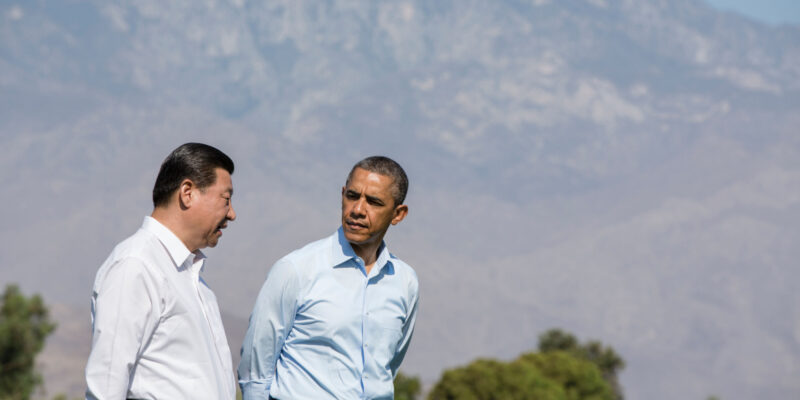Comment
Insights and expert analysis on climate issues.
Share


Reports of breaching 1.5°C warming soon are exaggerated
Bill Hare, Prof Dr Michiel Schaeffer, Dr Carl-Friedrich Schleussner

Since the adoption of the Paris Agreement with its 1.5°C temperature limit, climate scientists are preparing a comprehensive assessment of the impacts of climate change under 1.5ºC warming in global average temperature. Here’s an overview of what we already know and what we would need to learn from the IPCC Special Report on 1.5°C due in 2018 regarding impacts on agriculture.


The Intergovernmental Panel on Climate Change (IPCC) has just approved the outline of the special report on the 1.5°C temperature limit — here's what it will contain.

A recent research conference in Brussels revealed a range of 1.5°C scenarios derived from a larger variety of climate models. These results are an important milestone in light of the implementation of the Paris Agreement that enters into force on the 4th of November.
